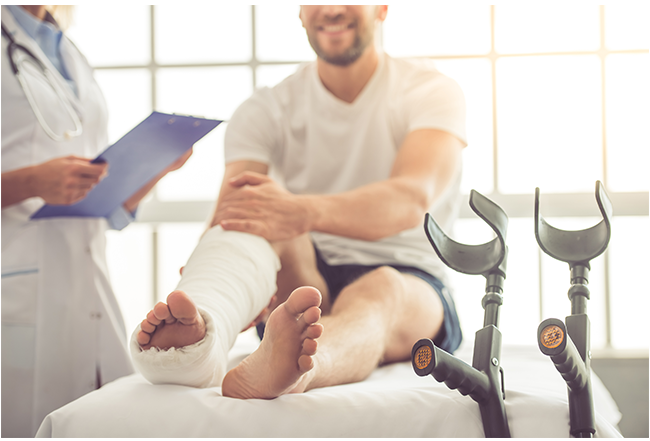Learning Common Athletic Injuries as well as Efficient Rehabilitation Strategies for Athletes
Learning Common Athletic Injuries as well as Efficient Rehabilitation Strategies for Athletes
Blog Article
Athletic traumas are common among athletes of all ages and skill levels. These traumas can happen in various forms, including sprains, muscle injuries, breaks, and tendonitis. Understanding the kinds of traumas that can occur during athletic activities is crucial for not only prevention and treatment. Sprains, for instance, entail the overextending or rupturing of ligaments, which link skeletal structures at a joint. Strains, on the contrary hand, affect muscle tissues or tendons, which attach muscles to skeletal structures. Recognizing these injuries promptly can help athletes seek suitable care and come back to their sport more quickly.
One of the frequently commonly seen traumas in athletics is the foot sprain. This trauma often occurs when an individual touches down awkwardly or rotates their ankle during a match. Symptoms of an foot sprain include discomfort, swelling, and trouble moving. Immediate care typically involves the R.I.C.E. approach, which stands for Recovery, Ice, Wrapping, and Elevation. This method helps reduce swelling and discomfort. In severe serious cases, physical treatment may be required to restore power and mobility to the foot before going back to sports.
Another frequent trauma is a muscular injury, which can occur in any sport that requires quick actions or intense weight-bearing. Sportspeople may experience a muscular strain when they extend a muscular tissue too much or when they exert too great force. Signs include acute discomfort, swelling, and muscle contractions. Recovery for muscle strains often entails gentle flexibility exercises and conditioning workouts. Slowly increasing activity levels is vital to prevent recurrence. Athletes should work closely see this with a rehabilitative therapist to create a safe and effective recovery plan.
Tendon inflammation is another injury that can affect sportspeople, particularly those who participate in frequent movements, such as runners or swimmers. This condition occurs when a tendon structure, which links muscular tissue to bone, becomes inflamed. Frequent locations involved by tendonitis include the elbow, shoulder, and leg. Signs often include discomfort and stiffness, especially during activity. Treatment for tendonitis usually involves recovery, cooling, and anti-inflammatory medications. In some situations, rehabilitative therapy may be recommended to improve mobility and power in the affected region.
Preventing sports traumas is just as crucial as addressing them. Athletes can reduce their chance of injury by heating up correctly before events, using the right equipment, and maintaining good physical shape. Power training and flexibility workouts can assist prepare the body for the demands of athletics. Additionally, sportspeople should listen to their physical condition and allow breaks when needed. By comprehending frequent sports traumas and applying efficient rehabilitation strategies, sportspeople can stay healthy and participate in their beloved sports for years to follow.